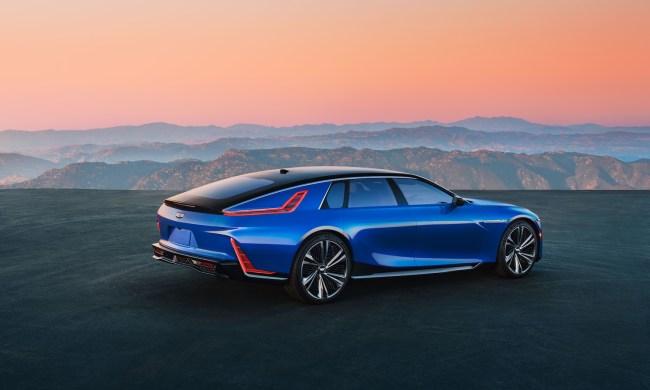
Over 10,000 automotive workers have walked off the job as the United Auto Workers union begins strike action in Detroit. The UAW strike directly concern three of the world’s biggest vehicle manufacturers, Ford, GM, and Stellantis – known as “the big three.” Unions have christened the action “The Stand Up Strike,” calling it “our generation’s answer to the movement that built our union, the Sit-Down Strikes of 1937.”
So far, all three companies have offered a 20% pay rise to staff in an attempt to end the strike, but the UAW union has opted to decline that offer. The union organizing the strike has outlined a number of demands, with the main focus centering on a 40% pay increase stretched over four years for all of its 140,000 members. While that pay increase may seem drastic, union bosses claim it is comparable to raises executives have been awarded in recent years. Going forward, the union is demanding pay raises are also tied to inflation, which could see an equally significant increase in workers’ pay rates going forwards if recent inflation trends continue. Other demands include limits on how long staff can be categorized as temporary workers and denied union benefits, and the establishment of a four-day working week.
In a statement, Ford claims it has put four offers forward since August 29. The concessions the company has offered include: “Significantly increased our proposal on wage increases; Offered Cost of Living Adjustments, fully eliminated wage tiers, more paid time off, and Protected health care benefits.”
The UAW strike may have far-reaching, lasting effects – and cost consumers dearly
The strikes are likely to have a large effect on the automotive industry, no matter the outcome. The combined market share of the three companies involved accounts for around 40% of all vehicles sold in the United States. If the workers’ demands are met, GM, Ford, and Stellantis are likely to pass on most, if not all, of the expense to customers in an attempt to protect their bottom line.
If the companies involved choose not to bow to the strikers’ demands, then industrial action could continue for a prolonged period. This will lead to delays in production and ultimately a shortage of new vehicles. In recent years, vehicle stocks have suffered due to the coronavirus pandemic and a global chip shortage. Those shortages resulted in a drastic spike in prices, with dealerships taking an opportunity to price gouge and independent sellers seeing an opportunity to quickly flip cars on the second-hand market for a significant profit.
Not all union members are on strike, with individual “Locals” opting whether or not to join in. Only around 10,000 of the 140,000 UAW members are currently striking, though union bosses claim a complete walkout is on the table. As for now, the strike is structured in a way that will see select locals taking turns to “Stand Up” and join the strike. UAW claims that this method will give the union “maximum leverage and maximum flexibility in our fight to win a fair contract at each of the Big Three automakers.”



